
Bethany Brookshire was a longtime staff writer at Science News Explores and is the author of the book Pests: How Humans Create Animal Villains. She has a B.S. in biology and a B.A. in philosophy from The College of William and Mary, and a Ph.D. in physiology and pharmacology from Wake Forest University School of Medicine. She was a 2019-2020 Knight Science Journalism Fellow at MIT, the winner of the Society for Neuroscience Next Generation Award and the Three Quarks Daily Science Writing Award, among others.

All Stories by Bethany Brookshire
-
 Health & Medicine
Health & MedicineExplainer: What are proteins?
In the body, proteins act as biochemical machines to carry out the work of cells.
-
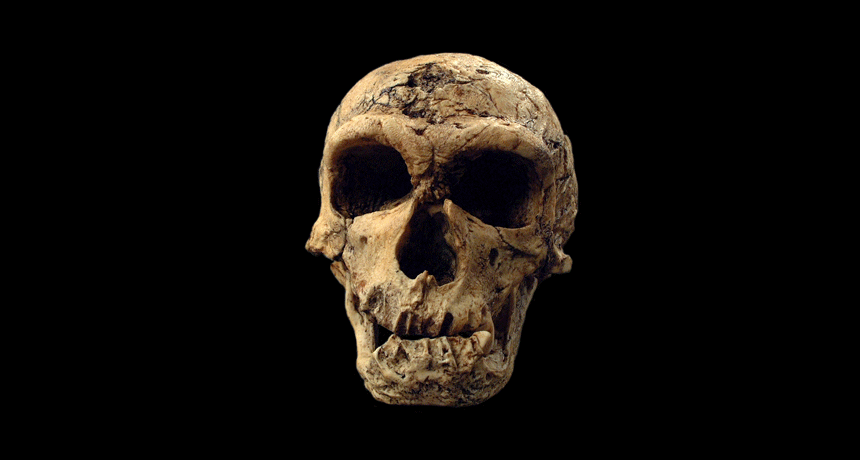 Humans
HumansScientists Say: Neandertal
This extinct species is a close relative of modern humans. Neandertals lived in Europe and Asia, and made tools and jewelry — just like us.
-
 Physics
PhysicsScientists Say: Kelvin
Kelvin is a temperature scale. It’s based around the concept of “absolute zero,” a temperature so cold that molecules stop moving.
-
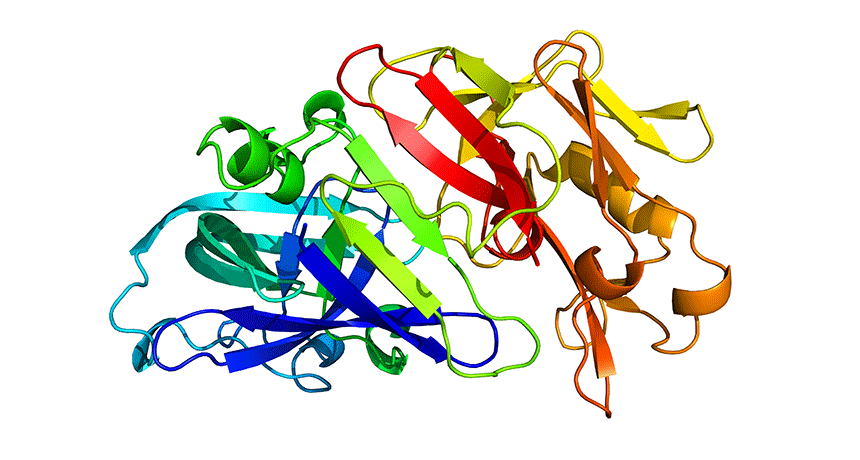 Chemistry
ChemistryScientists Say: Peptide
Peptides are short chains made of smaller molecules called amino acids. These chains can form proteins, and they can also do work on their own.
-

New movies give an inside look at the ‘Olympics’ of science fairs
These two documentaries take you behind the poster boards of the Intel International Science and Engineering Fair.
-
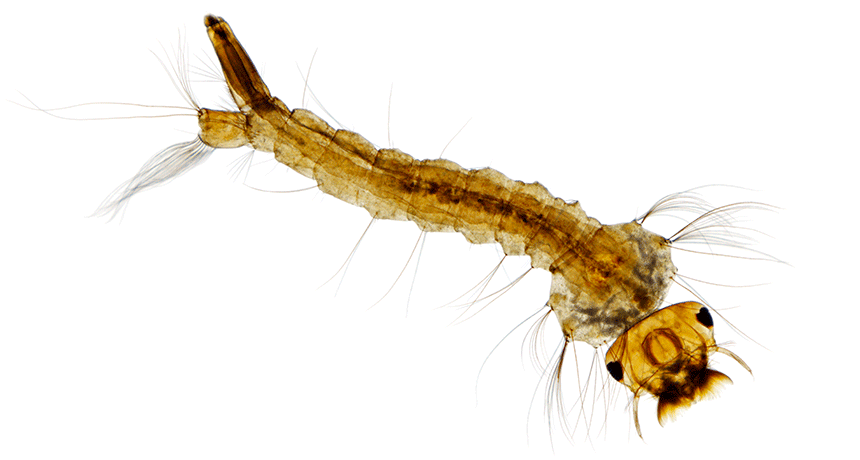 Animals
AnimalsScientists Say: Larva
Many insects, amphibians and fish have a life stage after they hatch that looks very different from the animal’s adult form. This life stage has its own name.
-
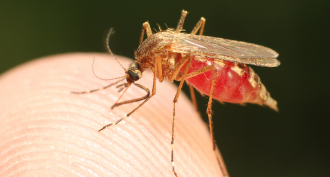 Animals
AnimalsCool Jobs: Sucking up science with mosquitoes
Mosquitoes are tiny, but the illnesses they spread can be deadly. To fight these germ spreaders, scientists need to get to know mosquitoes better — much better.
-
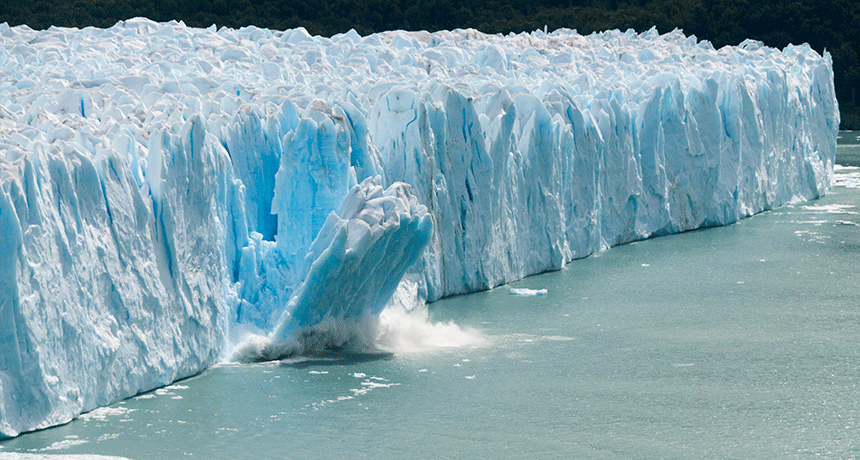 Climate
ClimateScientists Say: Climate
Climate is the atmospheric conditions that are typical to a general area over a long period of time.
-
 Brain
BrainBody heat due to exercise may reduce hunger
Why aren’t animals hungry after a workout? Brain cells that control appetite may sense the exercise heat — and keep you out of the kitchen, a new study finds.
-
 Earth
EarthScientists Say: Stalactite and stalagmite
Stalactites are mineral deposits forms on the ceilings of caves. Stalagmites are also mineral deposits, but they form on the floor of the cave.
-
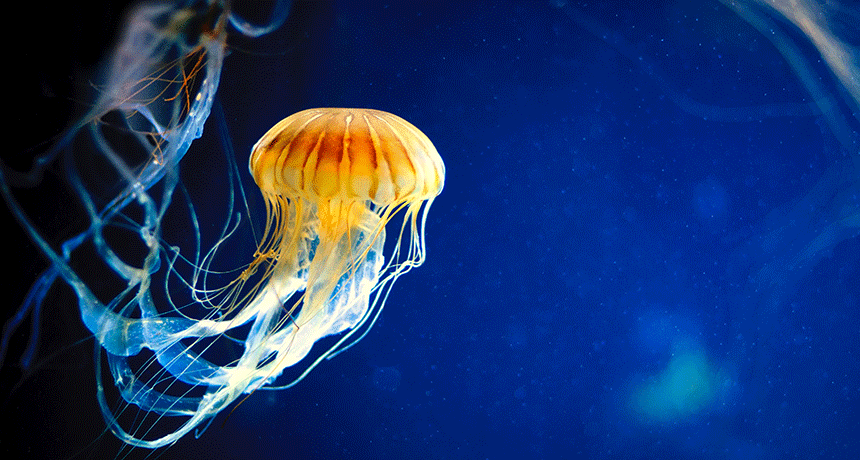 Animals
AnimalsScientists Say: Nematocyst
Nematocysts are special cells in some ocean critters, such as jellyfish, sea anenomes and corals. They have a barb coated in venom that shoots out at their prey.
-
 Health & Medicine
Health & MedicineScientists Say: Remission
Remission is a term used in medicine. It describes a disease that isn’t active anymore —whether it is cured or simply dormant.